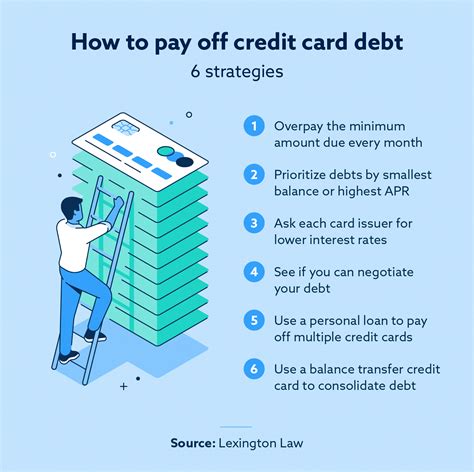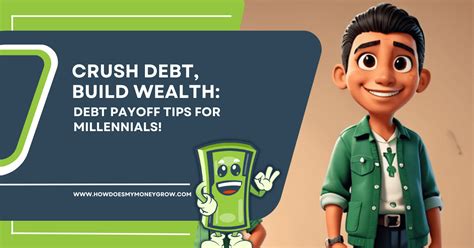Tackling High-Interest Credit Card Debt: Your Fastest Path to Freedom
High-interest credit card debt can feel like a heavy anchor, dragging down your financial progress and causing immense stress. The compounded interest means you’re often paying a significant premium just to hold onto that debt, making it crucial to tackle it head-on and as quickly as possible. This guide will walk you through the most effective strategies to eliminate high-interest credit card debt efficiently, helping you reclaim your financial well-being.

Understanding the Urgency: Why High Interest is a Problem
Credit cards often come with Annual Percentage Rates (APRs) that can soar into the high teens or even twenties. At these rates, a significant portion of your monthly payment goes directly to interest, leaving less to reduce your principal balance. This creates a cycle where debt lingers longer and costs you more in the long run. The quicker you pay it off, the less you’ll pay in total interest.
Proven Strategies for Rapid Payoff
There are several tried-and-true methods for accelerating debt repayment. The best one for you often depends on your personality and financial situation.
1. The Debt Avalanche Method
How it works: With the debt avalanche, you list all your credit card debts from the highest interest rate to the lowest. You make minimum payments on all cards except the one with the highest APR, to which you direct all your extra money. Once that card is paid off, you take the money you were paying on it (minimum payment + extra payment) and apply it to the card with the next highest interest rate.
Why it’s fast: This method saves you the most money on interest over time because you’re targeting the most expensive debt first. It’s mathematically the most efficient way to pay off multiple debts.
2. The Debt Snowball Method
How it works: The debt snowball prioritizes debts by balance size, regardless of interest rate. You list your debts from the smallest balance to the largest. Make minimum payments on all cards except the one with the smallest balance, to which you apply all extra funds. Once the smallest debt is paid off, you take that full payment amount and apply it to the next smallest debt.
Why it’s fast: While not mathematically the cheapest, the snowball method provides psychological wins. Paying off smaller debts quickly builds momentum and motivation, which can be crucial for staying committed to your payoff plan.

Leveraging External Solutions to Lower Interest
Sometimes, paying down debt faster requires reducing the interest rate itself.
3. Balance Transfer Credit Cards
How it works: A balance transfer credit card allows you to move existing high-interest credit card debt to a new card, often with a 0% APR introductory period (e.g., 12-18 months). This gives you a window to pay down a significant portion of your principal without accruing new interest.
- Considerations: Look for cards with low or no balance transfer fees (typically 3-5% of the transferred amount). Be sure you can pay off the transferred balance before the promotional APR expires, as the rate will jump significantly afterward.

4. Debt Consolidation Loans
How it works: A personal loan can be used to pay off multiple high-interest credit cards. You’ll then have a single, fixed monthly payment with a potentially lower interest rate than your credit cards. This simplifies your payments and can save you money on interest.
- Considerations: Your interest rate will depend on your credit score. Ensure the loan’s interest rate is significantly lower than your current credit card rates and that the monthly payment is affordable within your budget.
Fundamental Financial Habits for Success
Regardless of the method you choose, certain habits are essential for rapid debt payoff and long-term financial health.
Create and Stick to a Strict Budget
Knowing exactly where your money goes is paramount. Create a detailed budget, identify non-essential expenses, and ruthlessly cut back. Every dollar saved can be redirected towards your high-interest debt.
Increase Your Income
If possible, look for ways to boost your income, even temporarily. A side hustle, overtime hours, or selling unused items can provide extra cash to throw at your debt.

Negotiate with Creditors
Sometimes, a simple phone call can yield results. If you have a good payment history, you might be able to negotiate a lower interest rate with your credit card company, especially if you explain you’re trying to pay down debt.
Avoid New Debt
This seems obvious, but it’s critical. Cut up or lock away credit cards to prevent incurring new debt while you’re working hard to pay off old balances. Focus on living within your means and using cash or debit for purchases.
When to Seek Professional Help
If your debt feels overwhelming and these strategies aren’t enough, consider reaching out to a non-profit credit counseling agency. They can help you create a debt management plan (DMP) that consolidates your payments, potentially lowers interest rates, and sets a clear path to becoming debt-free.

Conclusion
Paying off high-interest credit card debt quickly requires a combination of strategic planning, disciplined budgeting, and unwavering commitment. Whether you choose the debt avalanche for maximum savings, the snowball for psychological wins, or leverage tools like balance transfers and consolidation loans, the key is to start today. By taking decisive action, you can shed the burden of high-interest debt and build a stronger, more secure financial future.




